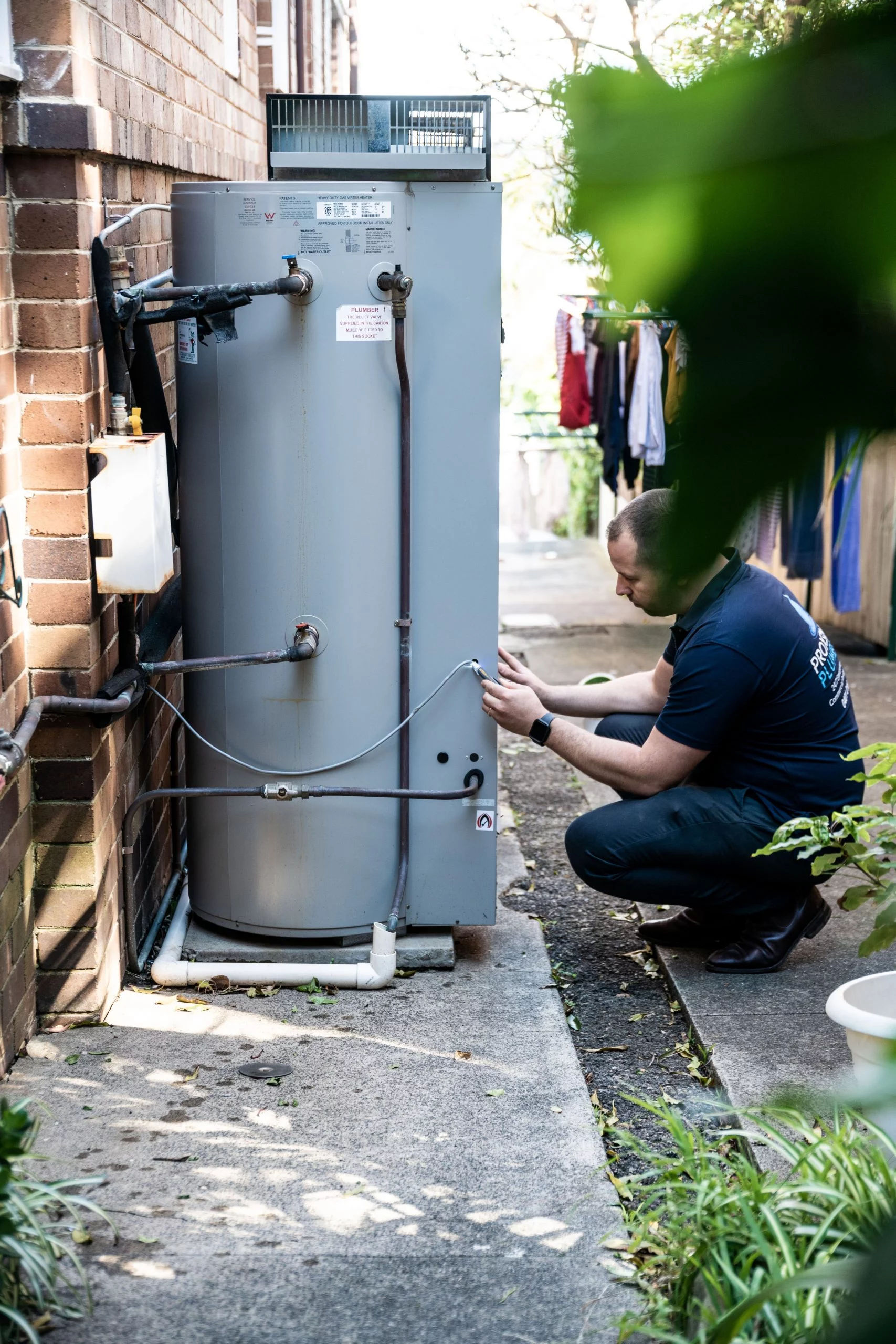Step-by-Step Steps to Caring for Your Home's Hot Water System
Step-by-Step Steps to Caring for Your Home's Hot Water System
Blog Article
Here further down you'll find more good quality insights relating to What Kind of Maintenance Do Water Heaters Need?.

Warm water is vital for everyday comfort, whether it's for a revitalizing shower or cleaning dishes. To ensure your hot water system runs successfully and lasts much longer, regular upkeep is crucial. This short article gives functional tips and understandings on exactly how to maintain your home's warm water system to prevent disruptions and pricey repair work.
Introduction
Keeping your home's hot water system could seem daunting, however with a few basic steps, you can guarantee it operates efficiently for many years to come. This guide covers whatever from comprehending your warm water system to do it yourself maintenance pointers and understanding when to call in expert help.
Value of Maintaining Your Warm Water System
Normal upkeep not only prolongs the lifespan of your hot water system yet also guarantees it operates successfully. Overlooking upkeep can lead to reduced performance, higher energy bills, and even early failing of the system.
Indications Your Warm Water System Demands Maintenance
Understanding when your warm water system needs interest can protect against major problems. Look out for indications such as irregular water temperature, unusual sounds from the heating system, or rusty water.
Comprehending Your Hot Water System
Before diving right into upkeep tasks, it's valuable to recognize the standard components of your hot water system. Normally, this consists of the hot water heater itself, pipes, anode rods, and temperature controls.
Regular Monthly Maintenance Tasks
Routine month-to-month checks can aid capture minor issues before they intensify.
Flushing the Water Heater
Flushing your water heater eliminates sediment accumulation, enhancing efficiency and prolonging its life.
Checking and Replacing Anode Rods
Anode rods stop rust inside the storage tank. Evaluating and changing them when worn out is vital.
Checking and Changing Temperature Level Setups
Changing the temperature settings makes sure optimum efficiency and security.
Do It Yourself Tips for Upkeep
You can carry out numerous maintenance jobs yourself to keep your warm water system in top problem.
Checking for Leaks
Regularly evaluate pipelines and connections for leakages, as these can bring about water damages and greater bills.
Testing Stress Relief Valves
Testing the pressure relief valve guarantees it functions appropriately and stops too much stress build-up.
Insulating Pipes
Protecting warm water pipes minimizes heat loss and can save power.
When to Call a Specialist
While do it yourself maintenance is helpful, some issues call for expert know-how.
Complicated Concerns Requiring Expert Assistance
Examples include significant leakages, electrical problems, or if your hot water heater is continually underperforming.
Regular Expert Maintenance Conveniences
Specialist upkeep can consist of detailed examinations, tune-ups, and making sure compliance with safety requirements.
Verdict
Regular upkeep of your home's hot water system is crucial for effectiveness, longevity, and price savings. By complying with these suggestions and recognizing when to seek specialist help, you can make certain a trustworthy supply of hot water without unexpected disturbances.
Water Heater Maintenance Tips
Test the TPR Valve
Shut off the power and the cold-water supply valve. Place a bucket under the pipe connected to the temperature-pressure-release (TPR) valve on the top or side of the tank. (This valve opens if the tank pressure gets too high.) Lift the valve’s tab to let some water out, then let go. If water keeps flowing, drain the tank partway, unscrew the old valve with a pipe wrench, and install a new one. Check the Anode Rod
Put a hose to the tank’s drain cock and let out a few gallons of water. Now fit a 1 1/16-inch socket onto the rod’s hex head on top of the heater (or under its top plate) and unscrew the rod. If it’s less than ½ inch thick or coated with calcium, buy a new one, wrap its threads with Teflon tape, put it back in the tank, and tighten securely. Use this segmented rod if headroom above the tank is limited. Drain the Tank and Wash Out Sediment
Drain the remaining water in the tank into the bucket, then stir up the sediment on the tank’s bottom by briefly opening the cold-water supply valve. Drain and repeat until clean water comes out of the hose. Close the drain cock, refill the tank, and turn its power back on. Adjust the Temperature
Find the temperature dial on the side of the tank and unscrew its cover. Adjust the dial to 120 degrees using a flathead screwdriver. For every 10 degrees the temperature is lowered, you can expect to save up to 5 percent in energy costs. Turn the water heater off or the thermostat down to its lowest setting if you plan to be away from home for more than three days. Insulate the Pipes
Buy some self-sticking 3/8-inch-thick foam pipe insulation that matches the pipes’ diameter. Slide the foam over the hot-and cold-water pipes as far as you can reach. Insulating the cold-water pipe prevents condensation in summer. Peel the tape and squeeze the insulation closed. If the pipe is 6 inches or less from the flue, cover it with 1-inch-thick unfaced fiberglass pipe wrap. https://www.thisoldhouse.com/plumbing/21016402/how-to-maintain-a-water-heater

As a serious person who reads about How to Maintain Your Water Heater & Prolong its Life, I was thinking sharing that piece of writing was worth the trouble. For those who appreciated our blog posting please make sure you remember to share it. I cherish reading our article about Tips on Maintaining a Water Heater.
Set Up An Appointment Report this page